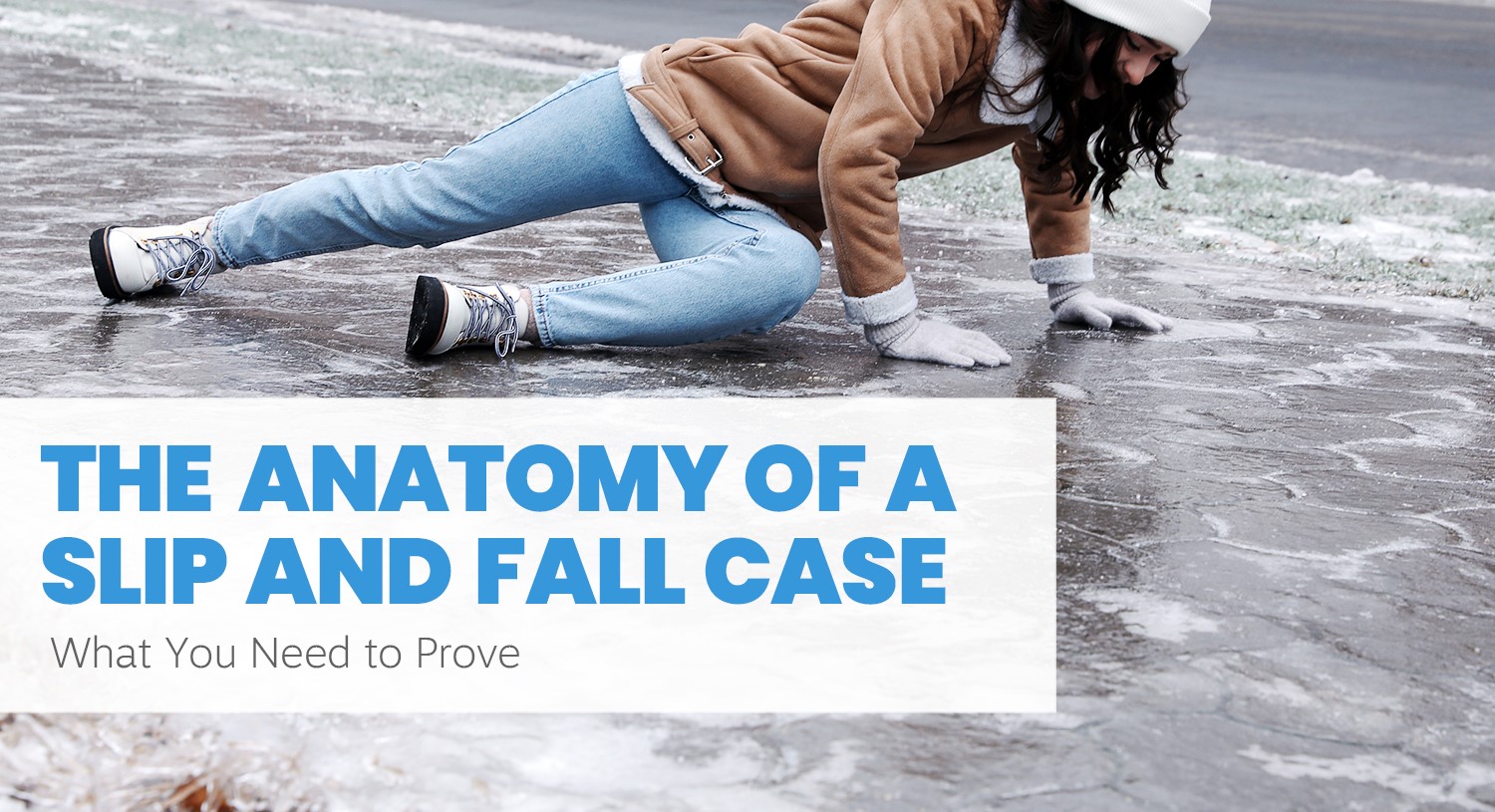Slip and fall accidents can occur anywhere, including grocery stores, sidewalks, parking lots, or workplaces. While some falls may only cause minor bruises, others can result in serious injuries, such as broken bones, spinal cord damage, and head trauma. You may be entitled to compensation if you have been injured in a slip-and-fall accident due to someone else’s negligence. However, proving liability in these situations can be challenging. To successfully pursue a claim, you must prove several key legal elements.
Duty of Care
The first step in proving a slip and fall case is demonstrating that the property owner or occupier owed you a duty of care. Property owners, landlords, and business operators are legally obligated to keep their premises in a reasonably safe condition. The level of care they owe depends on your status as a visitor.
- Invitee: Customers in a store are owed the highest duty of care
- Licensees: Social guests are owed a reasonable duty of care
- Trespassers: Those trespassing are generally not owed a duty of care except in limited circumstances, such as children near an unprotected swimming pool.
Hazardous Condition
Falling on someone’s property is not enough to pursue a slip-and-fall case. You must be able to prove that hazardous conditions led to your accident. Examples include:
- Wet or slippery floors
- Uneven surfaces
- Poor lighting
- Loose carpet or rugs
- Snow or ice accumulation
Knowledge of the Hazard and Failure to Fix the Condition
To establish liability in a slip and fall case, you must demonstrate that the property owner was aware of or should have been aware of the hazardous condition and failed to rectify it. Knowledge of the hazard can be shown in three ways:
- Actual Knowledge: The owner was aware of the knowledge, i.e., a bathroom leak reported by a customer or employee and failed to clean it up or posted warning signs in a reasonable amount of time.
- Constructive Knowledge: The hazard had existed long enough and failed to be fixed, i.e., uneven stair step or loose handrail.
- Failure to Inspect: Regular safety inspections were not completed to identify hazardous conditions on their property.
Causation and Damages
To prove liability, you must prove that your slip and fall was the direct cause of the hazardous condition. Evidence may include:
- Detailed medical records documenting your injuries
- Surveillance footage
- Witness statement
- Photos of the hazardous condition
Damages may include medical expenses, lost wages, pain and suffering, and other losses related to your injury.
In conclusion, you need strong evidence and a solid legal strategy to win a slip-and-fall case. If you have suffered a personal injury due to negligence, contact the Law Offices of Reginald Keith Davis for a confidential consultation. We will help you understand the complexities of proving liability and fight for you to receive fair compensation.
Contact us now at kcklawyer.com
Phone: (913) 299-8789

